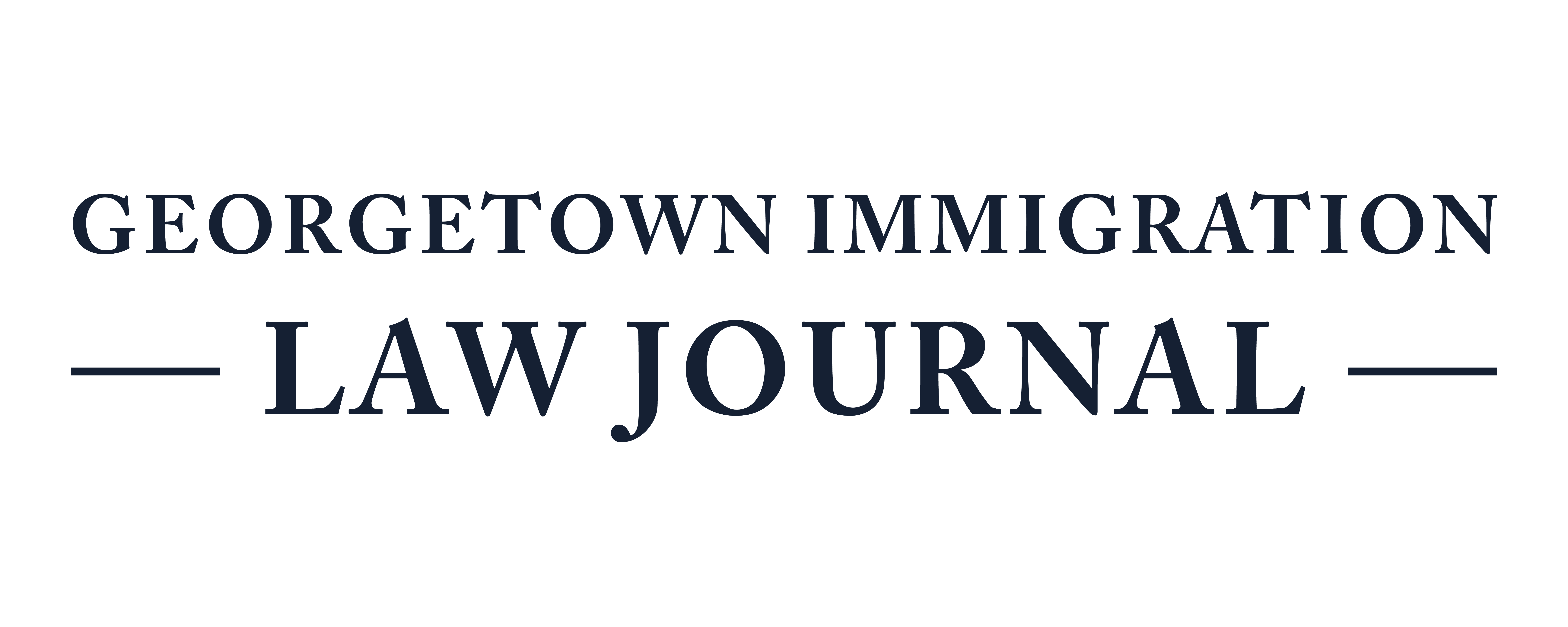The Convention Against Torture and Non-refoulement in U.S. Courts
In 1999, the United States implemented domestic regulations to fulfill its non-refoulement obligations under Article 3 of the Convention Against Torture (CAT). Since then, the U.S. domestic definition of torture may have become one of the most litigated treaty provisions in U.S. courts. In 2019 alone, U.S. immigration judges adjudicated over 25,000 CAT claims and in the past four years nearly every federal circuit court has grappled with the CAT regulations. Yet, differences remain. Two circuit splits have emerged regarding the CAT definition of torture: one examining government involvement and an implied “rogue officer” exception and another considering the “consent or acquiescence” required for non-State actors. Most recently, in June 2020, the Trump administration proposed a significant alteration of the CAT regulations that would require taking a side in both circuit splits.
This Article aims to recontextualize U.S. circuit court interpretation of CAT provisions from what now exists as a merely domestic immigration pro-cess to one that uses an international law framework. This Article examines how U.S. application of CAT compares to the treaty’s drafting history and the practice of international bodies and courts. This Article shows how the CAT drafting history and interpretation by international bodies consistently frame the public official nexus requirement contained in the CAT definition of torture as part of a State responsibility analysis. Understanding this State responsibility context and its application to refoulement cases can help U.S. courts harmonize their divergent interpretations of torture under CAT.
Continue Reading The Convention Against Torture and Non-refoulement in U.S. Courts
Subscribe to GILJ1. test footnote

